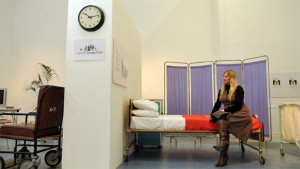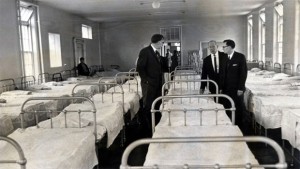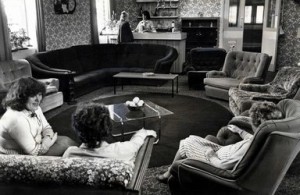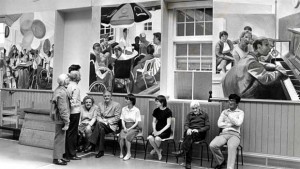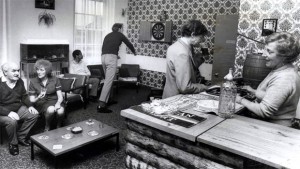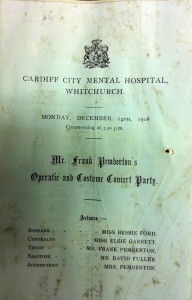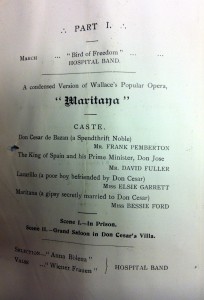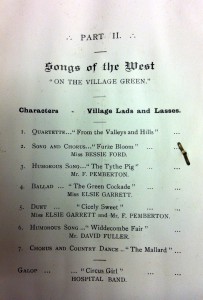In the final installment of our Ely Hospital series, CLARE HUTCHINSON looks at the remarkable story of how former patients came together to share their experiences of the institution with the outside world.
WHEN Ely Hospital finally closed its doors in 1997, it heralded a new era for people with learning disabilities in Cardiff.
Instead of living in a hospital, 30 to a ward, the institution’s former patients were out in the community, living in their own supported accommodation – some in small groups, others on their own.
“Many of the people who lived at Ely Hospital never had the chance to do many things on their own and that’s what made resettlement so difficult,” said Karen Jeffreys, who helped facilitate the Ely Hospital project.
“Even now, many people who were at the hospital find it difficult to make choices and still have a healthy respect for support workers.”
The group Karen works for, Cardiff People First, started as an advocacy group set up by residents living in Ely Hospital. Many of those former residents still work with the group and it was their idea to come forward and tell the wider public about their time at the institution.
“The idea came out of a meeting with members of Cardiff People First and our young people’s group, Cardiff Young People First,” said Karen.
“The older people brought along a video called Ely Voices, which they had done when the hospital was being closed, and it quickly became clear that the young people had no idea what Ely Hospital was.
“They were asking ‘why were you living in a hospital?’ and ‘were you allowed out?’
“You could see that they really didn’t know about what used to happen to some people with a learning difficulty.”
After pitching their idea to the Heritage Lottery Fund, the group was given £25,000 from the organisation to make it a reality.
“After setting up a steering group made up of members from Cardiff and Newport People First, we sent out a letter via the social work team, who talked to former residents about telling their story,” said Karen.
“Lots of people contacted us wanting to get involved – staff as well as former patients.
“Meanwhile, members of Young People First received training in camera and interviewing skills so they could interview former workers and the women’s group went out to Glamorgan Archives to research the hospital’s history.”
The exhibition itself includes a replica of the dayroom at Ely Hospital – complete with board games and Christmas decorations – as well as a bed like those on the wards, a shadow puppet theatre created by the young people’s group and a snakes and ladders game which shows the highs and lows of life at Ely Hospital.
As well as the exhibits, the exhibition includes video interviews with former patients and staff and written stories about life at the hospital.
Karen added: “People do have good memories – because you can’t live your life somewhere without having good memories – but there were also many sad and, at times, shocking stories that came out.
“The members of Cardiff People First who lived in Ely Hospital have always talked about what it was like, but this is the first time they have been heard.
“Since the exhibition opened last week, scores of people have come in or been in touch to tell us about their own experiences.
“Getting people to share their own stories was one of our main aims. No matter whether the story is good or bad – we want everybody with a memory of Ely Hospital to come forward.”
